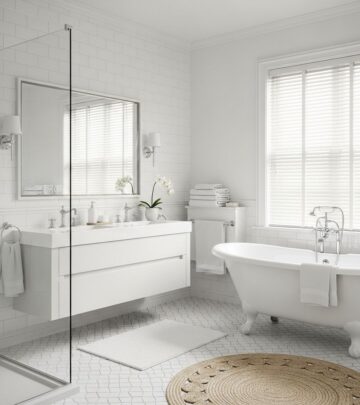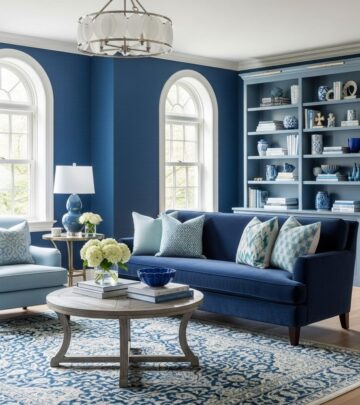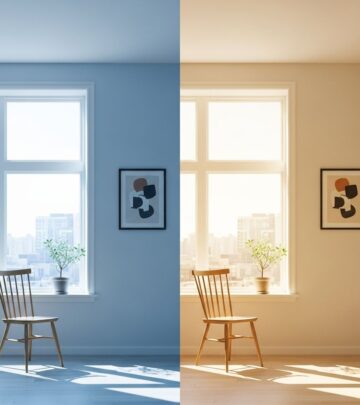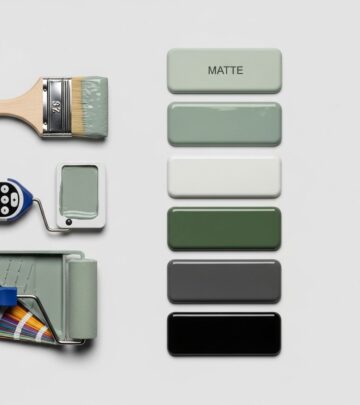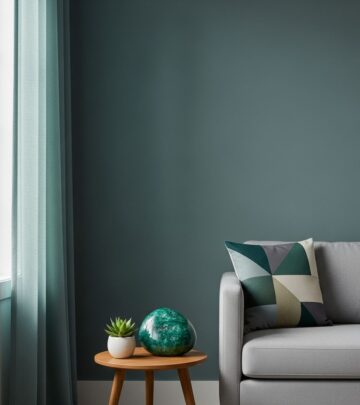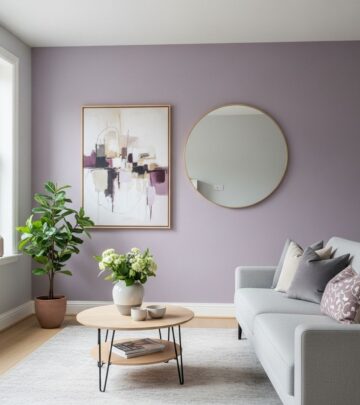Air Conditioner Cost In 2025: 4 System Types And Price Ranges
Understanding the true cost of air conditioning systems and what factors influence your investment
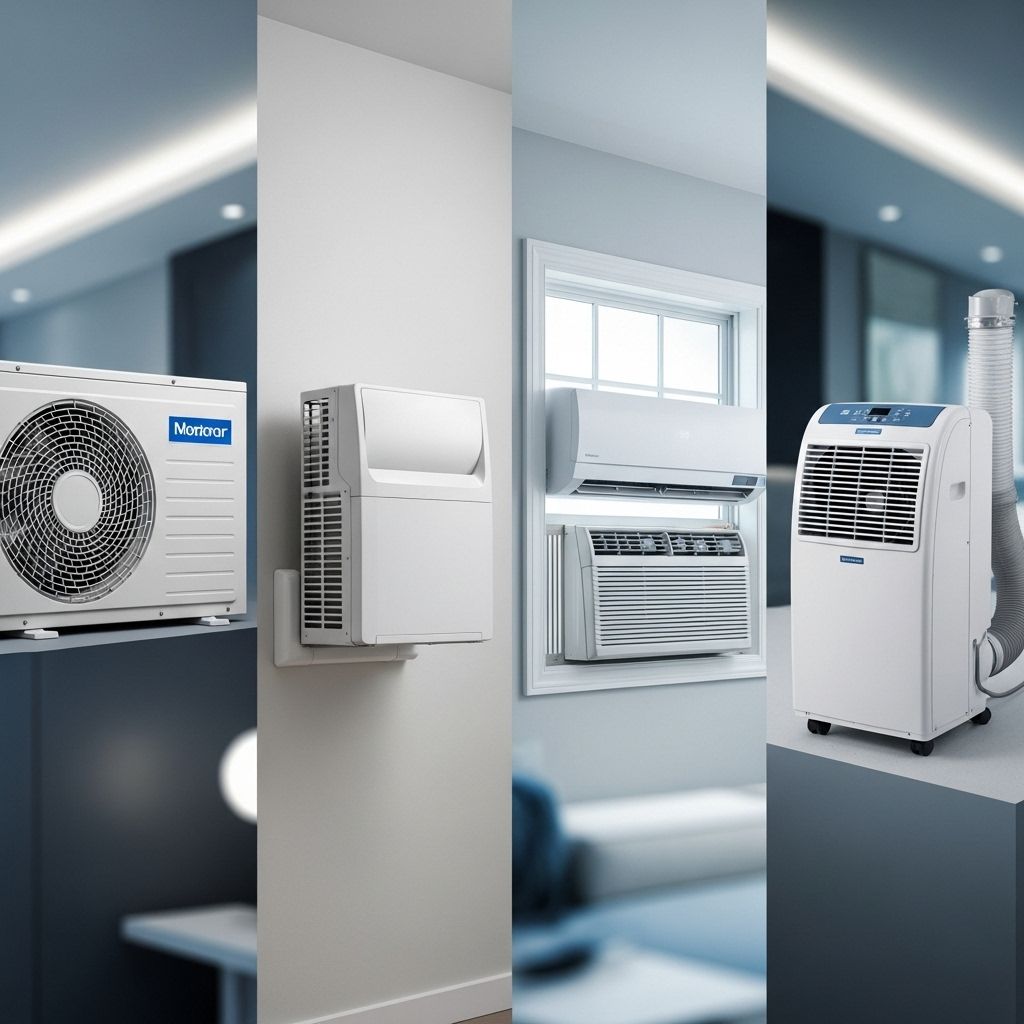
Image: HearthJunction Design Team
Air Conditioner Costs: What to Expect in 2025
When summer temperatures soar, a reliable air conditioning system becomes less of a luxury and more of a necessity. However, understanding the true cost of an air conditioner goes beyond just the price tag on the unit itself. Depending on the type, size, and other crucial factors, the total average cost for a complete air conditioning system typically ranges between $3,300 and $8,000, including installation costs.
This comprehensive guide breaks down everything you need to know about air conditioner costs in 2025, helping you make an informed decision that balances comfort, efficiency, and your budget. Whether you’re replacing an aging system or installing air conditioning for the first time, understanding these cost factors will help you maximize your investment.
Types of Air Conditioners and Their Costs
The market offers several types of air conditioning systems, each with its own price range and ideal applications. Your choice will depend on your home’s size, your cooling needs, and your budget constraints.
Window Air Conditioners
Window units remain the most affordable cooling option for small spaces or single rooms. These self-contained units sit in a window frame or through a wall opening.
Cost range: $150-$750
Best for: Small apartments, single rooms, or as supplemental cooling in specific areas
Pros: Low upfront cost, easy installation (often DIY), no permanent modifications
Cons: Limited cooling capacity, blocks window usage, can be noisy, less efficient than other options
Portable Air Conditioners
These freestanding units provide flexibility with minimal installation requirements. They exhaust hot air through a hose directed out a window.
Cost range: $250-$700
Best for: Renters, temporary cooling needs, or homes where window units aren’t feasible
Pros: Mobility between rooms, no permanent installation, easy setup
Cons: Less efficient than fixed solutions, takes up floor space, typically noisier
Split System Air Conditioners
Split systems consist of an outdoor compressor/condenser unit and one or more indoor air-handling units. These systems offer efficient cooling without requiring extensive ductwork.
Cost range: $1,500-$8,000
Best for: Homes without existing ductwork, zone-specific cooling, enhanced efficiency
Pros: Energy efficient, quieter operation, flexible installation options
Cons: Higher upfront cost than window units, professional installation required
Central Air Conditioning
Central AC systems cool the entire home through a network of ducts and registers. They provide consistent cooling throughout the house.
Cost range: $2,500-$7,000 for the unit, plus installation costs
Best for: Whole-home cooling, homes with existing ductwork
Pros: Even cooling throughout the home, hidden components, potential integration with heating system
Cons: Highest installation cost, requires ductwork, less zone-specific control without modifications
What Factors Affect the Cost of Air Conditioners?
When investing in a new air conditioning system, the price tag reflects much more than just the physical unit. Several crucial factors influence the overall cost, and understanding these can help you make a more informed decision that balances comfort, efficiency, and budget.
Size and Capacity
Each air conditioning system has recommended sizes for specific square footage that they can cool effectively. Sizing is one of the most critical factors in both performance and cost. Air conditioner capacity is measured in BTUs (British Thermal Units) or in “tonnage,” with higher tonnage models able to cool larger spaces.
If your unit is too small for your space, it will work harder to cool your home, resulting in increased energy bills, excessive wear and tear, and more frequent repairs. Conversely, an oversized unit will cool quickly but cycle on and off frequently, leading to humidity control issues and wasted energy.
For a 2,500-square-foot home, the average cost for an appropriately sized system is approximately $12,600. Professional HVAC contractors use Manual J calculations to determine the exact cooling requirements for your specific home, taking into account factors beyond just square footage.
Brand and Quality
While there’s a wide selection of air conditioner models and brands on the market, choosing a well-established manufacturer typically ensures better reliability, efficiency, and warranty coverage. Premium brands may command higher upfront costs, but many homeowners find the investment worthwhile for the following reasons:
- Extended lifespan and durability
- More comprehensive warranty protection
- Better energy efficiency ratings, leading to lower operating costs
- Advanced features and better temperature control
- Quieter operation
Popular air conditioner brands include Carrier, Trane, Lennox, Rheem, Goodman, and American Standard, each offering various models across different price points and efficiency ratings.
Energy Efficiency
An air conditioner’s efficiency rating significantly impacts both its price and long-term operating costs. Efficiency is measured by the Seasonal Energy Efficiency Ratio (SEER), with higher numbers indicating greater efficiency.
Standard efficiency units (13-16 SEER) cost less initially but consume more electricity. High-efficiency models (17-21+ SEER) have higher upfront costs but can save significantly on monthly energy bills. The ideal balance depends on your climate, cooling needs, and how long you plan to stay in your home.
In hotter climates where air conditioning runs more frequently, investing in a high-efficiency unit often pays for itself through energy savings over time. Additionally, some utility companies offer rebates for installing high-efficiency systems, which can offset some of the initial cost difference.
Installation Complexity
Installation costs can vary dramatically based on your home’s specific situation. Factors that can increase installation complexity include:
- Installing new or modifying existing ductwork
- Upgrading electrical panels to handle new system requirements
- Difficult access to installation areas
- Structural modifications needed to accommodate the system
- Removing and disposing of an old system
For homes without existing ductwork, estimates for installing a central air system in an older, smaller house of 800-1,000 square feet typically run $2,100-$6,000, but can reach $10,000 or more depending on installation challenges.
Additional Cost Considerations
Ductwork Requirements
If your home lacks existing ductwork or requires modifications to the current system, this can significantly impact your overall costs. New ductwork installation typically adds $1,500-$5,000 or more to the project, depending on your home’s size and layout complexity.
Homes with existing ductwork may still require modifications or repairs, especially if the system is old or was improperly designed. Having your ducts inspected, sealed, and insulated can improve efficiency and performance.
Permits and Code Compliance
Most localities require permits for HVAC installations, which can add $50-$200 to your project costs. Additionally, your installation must meet current building codes, which may necessitate additional modifications or upgrades to your home’s systems, particularly in older properties.
Seasonal Considerations
Timing your air conditioner purchase can affect the price. Peak summer months typically see higher demand and potentially higher prices, whereas installing during the off-season (fall or early spring) might yield better deals and more flexible scheduling from contractors.
Comparing Traditional HVAC to Alternative Systems
While traditional central air conditioning has been the standard for decades, alternative systems like ductless mini-splits are gaining popularity for their efficiency and installation flexibility.
Mini-Split Systems
Ductless mini-split systems offer an increasingly popular alternative to traditional central air conditioning. These systems consist of an outdoor compressor unit connected to one or more indoor air handlers, eliminating the need for ductwork.
The average cost of installing a mini-split system ranges from $2,000 to $14,500, with a national average of $3,000. This typically includes both equipment and installation. By comparison, traditional HVAC systems can range from $5,540 to $10,980 per unit, including installation and removal of old equipment.
Mini-splits offer several advantages, including zone-specific temperature control, energy efficiency, and easier installation. They’re particularly well-suited for:
- Homes without existing ductwork
- Additions to homes where extending ductwork would be prohibitive
- Spaces requiring targeted cooling
- Historic homes where preserving architectural features is important
Maintenance Costs and Long-Term Value
The true cost of an air conditioning system extends beyond the initial purchase and installation. Regular maintenance is essential for optimal performance, efficiency, and longevity.
Annual professional maintenance typically costs $75-$200 per visit and should include system cleaning, refrigerant level checks, electrical connection inspection, and overall performance evaluation. This preventative care helps avoid costly repairs and extends your system’s lifespan.
Most air conditioning systems have an expected lifespan of 15-20 years when properly maintained. Higher-quality units with regular maintenance tend to last longer, offering better long-term value despite higher initial costs.
Frequently Asked Questions (FAQs)
What size air conditioner do I need for my home?
As a general rule, you need approximately 20 BTUs of cooling capacity per square foot of living space. However, many other factors affect the right size, including ceiling height, insulation quality, window size and placement, local climate, and home orientation. A professional HVAC contractor should perform a Manual J load calculation to determine the exact size needed for your specific home.
Should I repair my old AC or replace it entirely?
If your current unit is less than 10 years old and repairs would cost less than 30% of a new system’s price, repair is often the more economical choice. However, if your system is older, inefficient, uses outdated refrigerant (like R-22), or requires frequent repairs, replacement may offer better long-term value through improved efficiency and reliability.
Are high-efficiency air conditioners worth the extra cost?
In most cases, yes. While high-efficiency units (17+ SEER) cost more upfront, they can reduce cooling costs by 20-40% compared to older, less efficient models. In warm climates where air conditioning runs frequently, these savings can recoup the additional investment within a few years. Additionally, many utility companies offer rebates for high-efficiency installations, further reducing the effective price difference.
How can I reduce my air conditioner installation costs?
Consider timing your purchase during off-peak seasons (fall or early spring), when contractors may offer better rates. Ensure your home is well-insulated to potentially reduce the size of the unit needed. Research available tax credits, utility rebates, and manufacturer incentives for energy-efficient systems. Finally, get multiple quotes from reputable contractors to ensure competitive pricing.
Can I install an air conditioner myself to save money?
While window and portable units can be DIY-friendly, central and mini-split systems require professional installation. Improper installation can reduce efficiency by up to 30%, lead to premature system failure, void manufacturer warranties, and potentially create safety hazards. The long-term costs of an improper installation typically far outweigh any initial savings.
References
- https://www.thisoldhouse.com/heating-cooling/reviews/air-conditioner-costs
- https://www.thisoldhouse.com/heating-cooling/reviews/hvac-installation-cost
- https://www.thisoldhouse.com
- https://home.costhelper.com/central-air-conditioning.html
- https://www.centralhtg.com/blog/comparing-mini-split-installation-costs-to-traditional-hvac-systems-a-cost-analysis
Read full bio of medha deb

